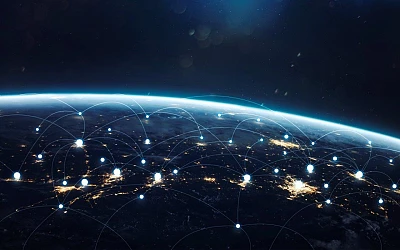With the ongoing increase and diversity of entities and objects reaching space, the development of new rules and guidelines concerning safe access to, safe operations in and safe return from space (Space Traffic Management or STM) plays a central role in the attainment of space sustainability. Safety and security of space operations is now front and centre on the civil and military agendas.
As regulating STM at a supranational level is an essential step to achieve space sustainability objectives, States, regulatory authorities and private actors, such as satellite operators, are increasingly working together in order to develop and implement common space traffic management rules.
In Europe, for instance, EU institutions have issued calls for proposals and tenders for services, solutions and studies on this topic, both at the civil and defence level, whilst the European Space Agency’s (ESA) Agenda 2025 also sets out as one of its 5 priorities for the next 5 years to strengthen space for safety and security.
Recently, in February 2022, “An EU Approach for Space Traffic Management” was issued, which seeks to introduce a set of common goals, actions and standards so as to face the “unprecedented population of objects” which constitutes “a real, concrete risk impacting routine operations in orbit every single day, posing a direct threat to the safety and security for orbital traffic and space sustainability”. Among others, the Joint Communication introduces a working definition of STM, establishes the need to act collectively and to promote the EU STM approach globally, seeks to enhance EU operational capabilities to support STM, and addresses the regulatory aspects of STM (to comprise standards, guidelines and legislation). The Joint Communication constitutes a first step for a coherent approach at the EU level for STM, which is intended to culminate in a legislative proposal covering STM rules and establishing a common level playing field at the EU level in STM matters.
The creation of regulatory frameworks may entail thorough compliance obligations for the private sector as stakeholders will not only follow guidelines, best practices and principles, but rather need to comply with binding, comprehensive and in-depth rules. Moreover, space actors will need to be prepared to acquire/provide the necessary services allowing for compliance with STM provisions.
Assuring coordinated, safe and sustainable space activities is also dependent upon the use and exchange of highly accurate, real-time SSA data, as well as the evolution of innovative space technologies. This, too, creates legal opportunities and challenges on access and use of such data, as well as the need to take advantage of new technologies (such as DLT / blockchain and AI) to achieve the most of such data.
